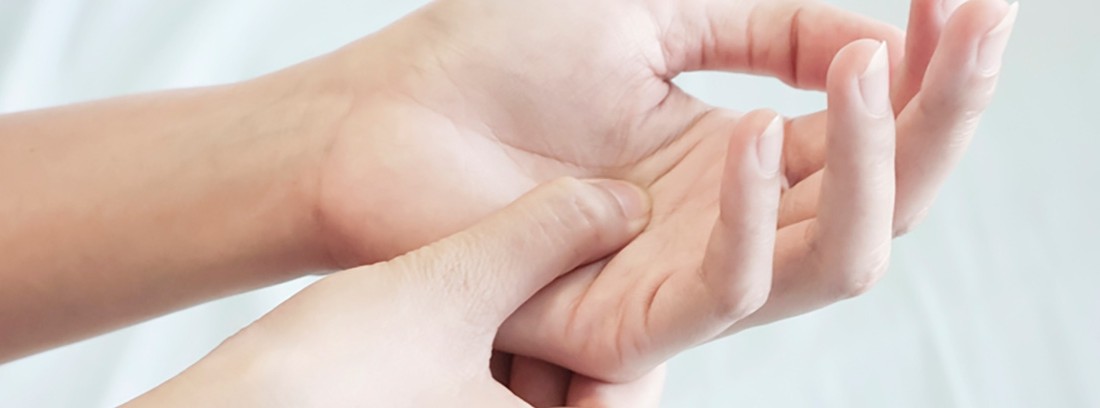Tendinitis: Understanding Causes, Symptoms, and Treatment

A tendon is a band of fibrous tissue that has the function of joining the muscle to the bones allowing movement. By pulling the muscles, through the tendons, the bones move.
The tendons are located anywhere in the body (arms, legs, shoulders ...) so the affectation can be located in all anatomical areas.
Causes
The most common cause of tendinitis is often repetitive motion. This happens both in people who, due to their work, perform constant daily movements on the same joint, such as the wrist with the use of the mouse, or in amateur or professional athletes who repeat the same function.
In the case of the amateur athlete, the tendon is not used to performing a specific activity so it can become irritated and end up inflamed. An example is the amateur cyclist who suffers from an inflammation of the patellar tendon in the knees. On the other hand, if the athlete has more experience, he will gradually increase the load.
In any case, age is another factor that intervenes in the possible alteration and appearance of this pathology. A healthy and young tendon has a greater capacity for movement and elasticity than an older person's tendon. In the latter case, any intrinsic alteration to the tendon can degenerate it more easily.
Symptoms
The first symptom of tendonitis is discomfort when performing a movement in question. The tendon becomes irritated and inflamed, so its thickness increases and, finally, with movement, pain ends up appearing.
This pain can be bearable and there are those who end up getting used to it, but it can also become limiting and even leave a part of the body unable to move due to the impotence it produces.
Where is it produced?
The most frequent locations of tendinitis are:
Achilles tendon
pain and swelling appear in the heel area, from the back. It usually appears in runners, basketball players ...
Patellar Tendon
The pain appears in the front of the knee. Cyclists, athletes, jumpers usually.
Rotator cuff
The pain is concentrated in a set of tendons that are responsible for allowing the shoulder to rotate. It is very characteristic in swimmers.
Treatment
The main measure in case of tendonitis is to rest and rest the affected joint or tendon to reduce inflammation and prevent further swelling. Later, placing ice will be useful since the cold acts as a topical anti-inflammatory.
Regarding the anti-inflammatory drugsThey will only be taken if there is a recommendation prescribed by a physician to use the most appropriate for each problem. There are different types of anti-inflammatories and the dosage and dosage may vary from one type to another. There are doctors who give the option of infiltration, that is, placing it directly on the affected area, which speeds up the process and reaches faster results.
Prevention
Prevention is the best way to avoid further injury. The person who usually stretches or makes load and time progressions in their training usually avoids, to a large extent, the appearance of this problem.
A poor evolution of tendonitis can make the injury difficult, which hardly has a non-surgical solution. In extreme case, the tendon can break Therefore, in general, it should be operated so as not to lose the correct mobility of the affected anatomical structure.
- The tendons are located in any part of the body (arms, legs, shoulders ...) so the affectation can occur in all anatomical areas.
- The most common cause of tendinitis is often repetitive motion.
- The first symptom is discomfort when performing a movement in question. Then comes irritation, inflammation, and finally pain.
(Updated at Apr 14 / 2024)